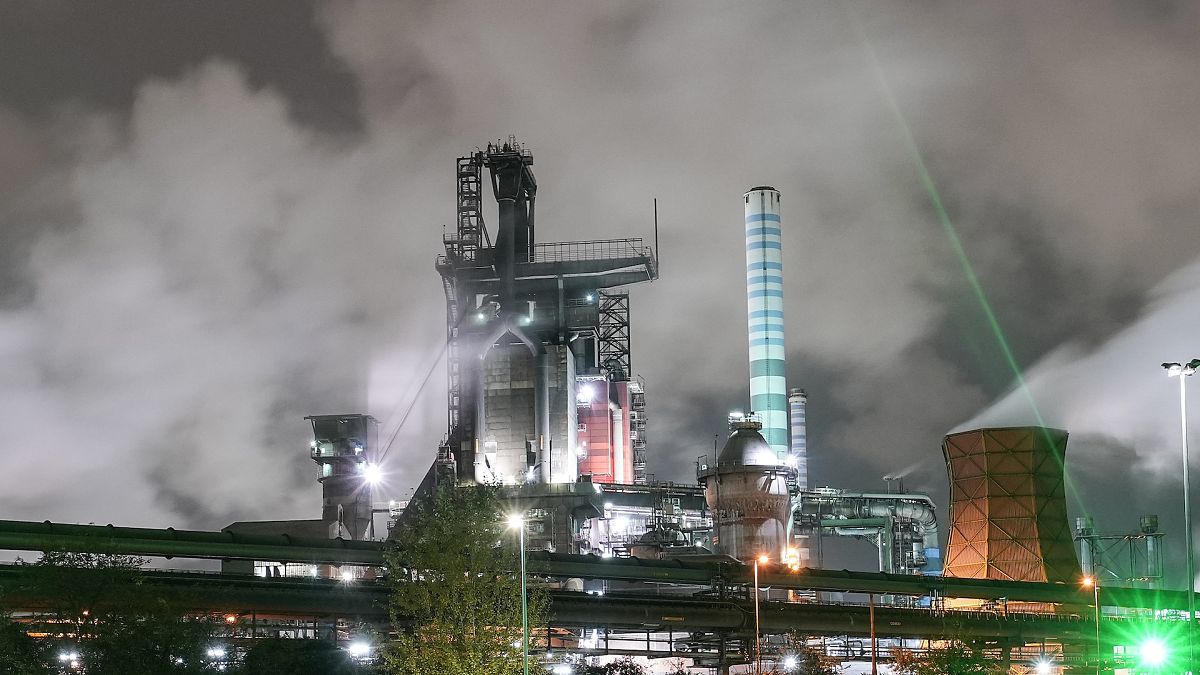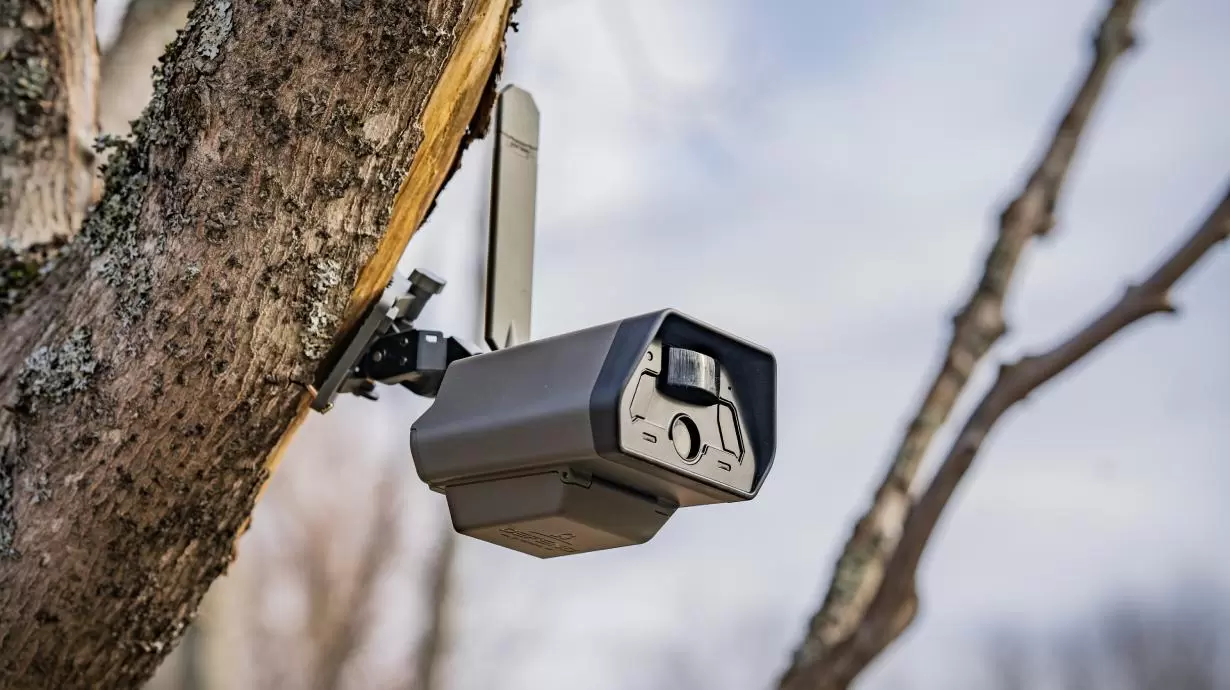Bussiness
UiPath CEO Defines Future Of Business Robotics In A World Of ‘Agents’

Daniel Dines, Co-founder & CEO, UiPath.
Robots evolved. From as far back as the early black and white movies (Metropolis) almost exactly 100 years ago, robots finally became real and started to help weld rivets in automotive engineering plants somewhere around the 1970s. They then further evolved into robot-shaped humanoids with Japanese firms innovating proof of concept walking robots, but these have mostly failed to become part of our homes as yet. Then, throughout post-millennial times, software robots or “bots” arrived as the age of robotic process automation started to flourish and our software systems were given new autonomous abilities to perform not just their own maintenance functions, but useful productive business tasks as well.
Notwithstanding that lipservice to our brief history of robots, where we are today with robots and RPA may still be a mix of software and hardware, but first and foremost this is a software-balanced equation.
Bridging The AI Gap
UiPath area vice president for UK&I region John Kelleher is keen to push our notion of robots beyond many of the pre-existing notions of automation.
“We all know about the impact of artificial intelligence. The problem is that there is a gap between the promise of AI and the reality of live deployed environments today,” said Kelleher. “If we look at McKinsey’s analysis of this space, we see that businesses are thinking too narrowly about the business case of how AI is applied at work. As well as technology choice questions, there’s also a key education aspect to overcome and that has to work with data architectures that enables change management to really make an impact in terms of the way IT works with the business function. Aiming to bridge the gap between the promise of AI and real world operational environments, we’re looking at how enterprises can build the operating model of the future to really create a new way of working.”
Today we might think that AI is quite ubiquitous in the sense that it could be potentially applied to any aspect of business. Kelleher says that AI should not be viewed as a single application deployment point in this sense. Instead, it should be regarded as a fabric that can be applied to specifically defined solutions that span an end-to-end operating model across a modern enterprise.
It seems evident that UiPath’s work in the UK and Ireland region reflects and resonates with its work in North America and indeed the rest of the world. As CEO and founder of UiPath, Daniel Dines has more opinions on robotics than most. Talking about what he called the ‘dark ages of AI and RPA’ (and he means as recently as 2016), Dines says that his team had realized early on that both disciplines are symbiotic.
What Is Agentic (Agent-Based) Technology?
“Now that the future of AI and RPA will be agentic, let’s step back and consider what this term means and why it applies to the next age of automation. As a straightforward definition, the term agentic is the ability of an AI system to control and manage the flow of a business process,” explained Dines, speaking to press and analysts in London this month. “Many human actions (such as thinking, moving, blinking etc.) happen automatically without us having to expend cognitive power to make them happen – and I mention this because intelligence in us humans is powered by these automated routines.”
For additional background here, we ourselves can be defined as agents. When a human operative in a call center or a business person at any level performs a function, they can be referred to as an agent. More typically these days we talk about software agents i.e. a piece of software (or complete computer program) that performs a prescribed task for a human user, a machine or some other virtually defined entity that forms a part of a workflow system. So in this context, a human-agent team is a collaborative environment composed of interacting humans working in concert with AI systems.
The clarification is necessary because Dines is painting a picture of a world where human agents now start to increasingly offload their work tasks to AI and RPA. Which aspects of our lives remain our responsibility to execute as opposed to those parts we can give to computers is the next question.
Left Brain – Right Brain Thinking
Dines asks us to think more about automation. He says that if we’re thirsty during the night, we simply get a bottle of water from the fridge and drink. This whole action is automatic, learned and done without thinking, so (as we have discussed before) this is all left brain automatic thinking. Left brain thinking is all about robotics where people create and maintain automation – it’s where structured logical efficiecy-oriented systematic processing happens.
The right brain is all about creative intuitive thinking where we apply adaptability and deal with ambiguity. The right brain is also where we find all large action model autonomous decision making with an ability to manage adaptive behavior.
Being able to bring this element of intelligence into RPA is only possible if we have an AI model that understands exceptions as they happen so that it can learn and navigate real world ambiguities more competently. This is the point where we can add “agentic skills” to RPA and start to channel that intelligence from what UiPath would call self-healing robots into dynamic planning and dynamic learning in business.
Our Agentic Future
“We can imagine AI in the agentic future evolving to a point where it is capable of handling some 80% of what humans do at work. This is where AI starts to take on a more spontaneous (perhaps unstructured and unexpected) role in business (or indeed in applications like healthcare and in any industry vertical,” said UiPath’s Dines. “You might ask yourself what it takes to get to 100% offload to AI agents – I don’t think we’re at that stage with AI today, although we can offload some instances and tasks where this can happen (autonomous cars for example), but this is only in deployment scenarios that have comparatively controlled, defined and safe environments. So we have work to do, but the future is very exciting for sure.”
The company’s comments come at a time when the firm has made some direct updates to its platform. UiPath has now put several new features in its platform designed to infuse generative AI more deeply into the UiPath Business Automation Platform. UiPath Autopilot for developers and testers uses generative AI and natural language processing in UiPath Studio to create workflows, generate expressions and help build automations.
“The new functions include text-to-workflow: developers can simply describe an automation idea in natural language and Autopilot will create the initial workflow. Text-to-expressions: with Autopilot, developers no longer need to remember the exact syntax and structure of expressions. They can describe what they need in natural language and allow AI to generate the correct expression. Text-to-code: generate code from natural language descriptions to shorten time to deployment for automation projects,” noted the company, in a technical product statement.
A preview of the UiPath plugin and integration with Copilot for Microsoft 365 provides an integration that is intended to allow users to automate end-to-end business processes with co-workers directly within Microsoft Teams. Customers will have access to a prebuilt automation library to run automations that complete common, repetitive tasks, along with specialized automations for function- or industry-specific tasks. Users can also discover and run automations their company has developed.
Workers & Agents In Unison
Robotics is on the rise, automations are expanding in their scope, evolving in their adaptability, developing in their capability range and expanding in their applicable surface area in business. With this surge, AI-empowered software agents are now taking on more of our work tasks. That’s not a bad thing it’s a good thing – as one UiPath spokesperson has said, “If you can apply RPA and AI to your role and find a way to completely automate your job, then you’re clearly smart and that’s the most guaranteed way to get promoted.”
However and whatever the outcome of AI agents and RPA automation being applied to business, the changing dynamics here must surely leave management consultants rubbing their hands with glee. If we can automate that (arguably flaky at times) role too, then AI will really have come of age.










